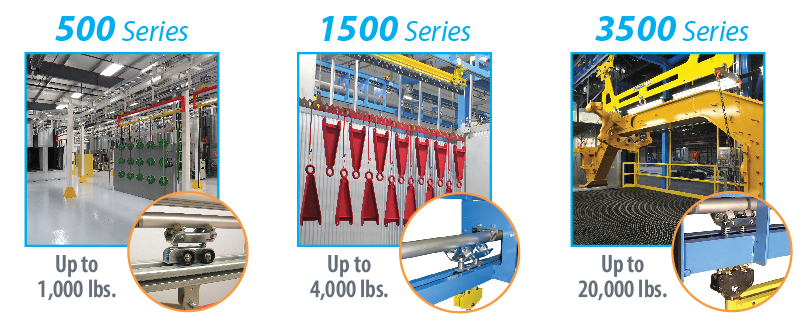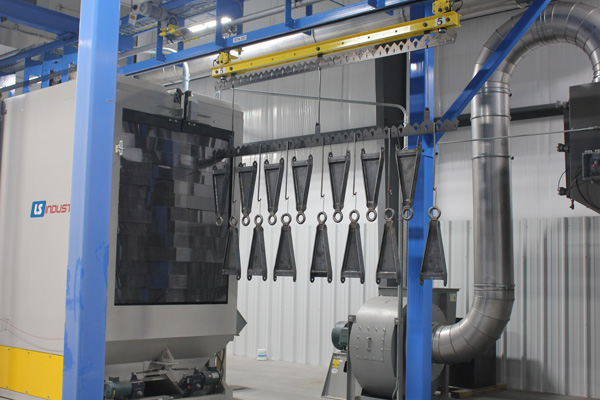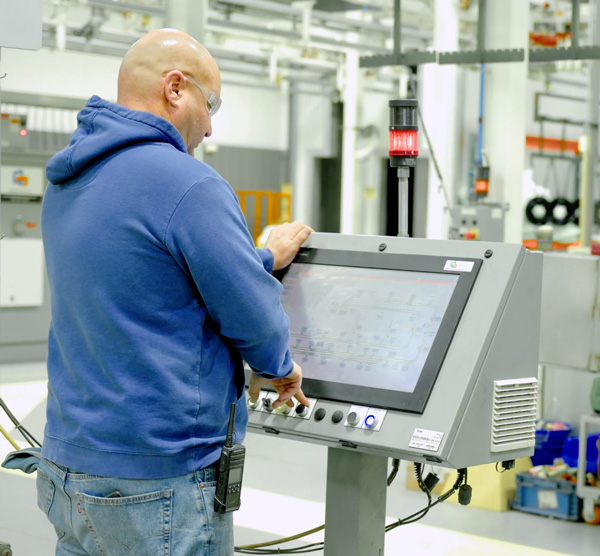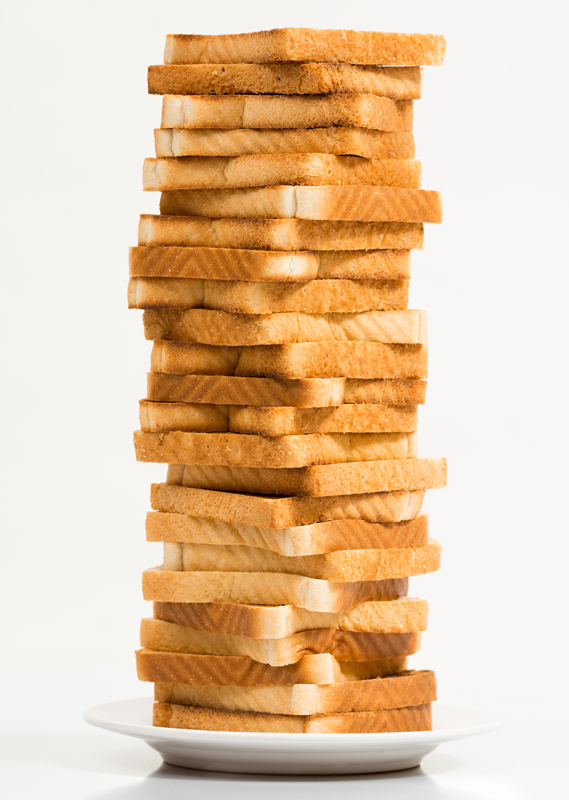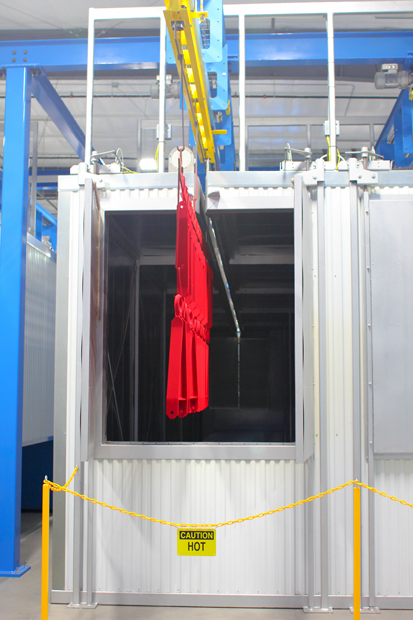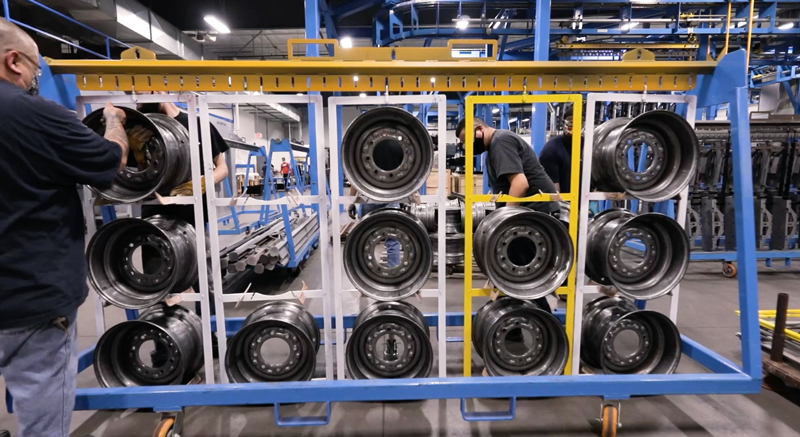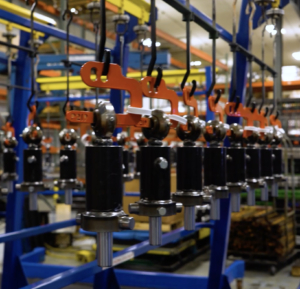IntelliFinishing’s Two-Coat System Offers Endless Flexibility and “Huge” Competitive Advantage for JR Custom Metal Products
Now that JR Custom Metal Products has had a few years to fully utilize their 2017 IntelliFinishing finishing system – plus adding on another Parker Ionics booth for Prime Coating about a year ago – their two-coat automated finishing system (prime and topcoat) operates in full swing for two full shifts per day.
We wanted to know: Is the new system living up to IntelliFinishing’s claim to fame – “The most flexible paint systems in the industry?” Has it fulfilled JR’s needs? To take a deeper dive into how their operations are faring, Powder Coat Facility Manager, Eddie Koehler, reveals how the finishing system solution has given JR a competitive advantage by providing them the ultimate flexibility in production.
A Company Built on Customization
As a metal fabrication company with the word “Custom” in their name, having an operation that is efficient and adaptable is key, especially when working with other manufactured products.
For instance, JR handles a variety of products with differing sizes, materials, powder-coating needs, and cure times. With a part window size of up to 4 feet wide by 5 feet tall by 10 feet long and a capacity of 2,000 pounds per load bar, they process anywhere from small widgets to large, complex weldments.
It is important for curing products properly to create new product recipes based on material factors, such as substrate, part thickness, and the powder’s recommended cure schedule,. Some of the products processed can range from 20-gauge steel up to 200-pound castings. Their thickest material yet? Three-inch steel plates and weldments.
Because JR goes above and beyond to tailor their process to their customer’s needs, they knew working with IntelliFinishing to create the most flexible, custom powder-coating system would provide many advantages.
IntelliFinishing Powder Coat System Delivers the Ultimate Adaptability
Every step that can be automated helps create a more standardized, consistent and quality product, and that’s exactly what JR Custom produces now.
Because each product could have different specifications, it’s important to use the powder paint specifications when performing the processing. For instance, JR monitors their oven temperatures with a DataPaq to monitor their thermal profiles and they meticulously follow the cure schedule provided by the powder supplier – or else the quality could be less than promised. “Powder color can change and vary if you are not at the correct temperature or if you over cure a product,” Koehler warned.
With some products requiring as little as 15 minutes to cure while others taking up to a 90-minute cycle, clearly, cure time flexibility was at the top of importance for JR’s operation. Because of this variability, IntelliFinishing ensured that JR could program plenty of recipes in their system. They currently have over 700 and counting! These recipes provide process consistency for each part type and reduce human errors – further increasing system efficiency, insuring finish consistency and quality, and yet, they can be selected or modified easily via the software HMI system.
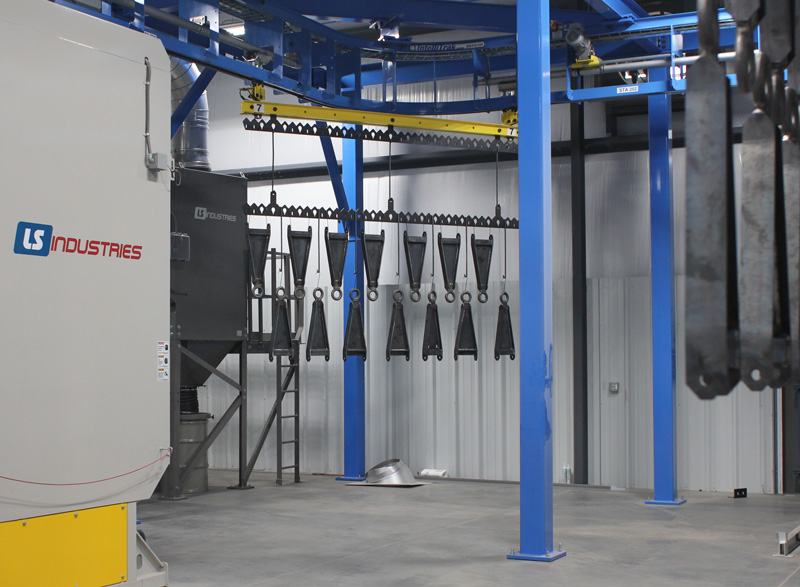
At JR Custom Metal Products, they have a “huge” competitive advantage because of their double lane cure ovens, ability to vary the cure time and temperature per product, plus other recipe options including pretreatment options to shot blast products at varying speeds, change the wash stages, timing, or pressure, vary the dry time in the dry off oven, and offer one or two coat finishes. For example, JR can:
- Run 20-gauge steel and even lightweight aluminum items and 1-inch plate or thicker substrates on the same line.
- Use one lane of the cure oven as a slow lane for longer cure items and the other for shorter cure times. This allows faster cure time items to pass their slower counterparts and doesn’t hold up the line like a traditional system.
- Customize speeds through the automatic blast system allowing JR to blast items up to 10 foot long in 2 minutes or less depending on the speed selected through blast.
- Change temperature, PSI flows, and even stages in their automatic wash process.
- Adjust duration of time in the dry-off oven or cure oven simply by selecting the appropriate recipe option or by creating new recipes.
With big changes like these, JR accommodates new opportunities they couldn’t before. “We do not have our own product,” Koehler explained. “We work with many different customers spread across many different industries; we needed a system that offered the most flexibility to process whatever part might come through the door.”
And flexibility is what they got. JR now offers turnkey products from fabrication to finish in expedited timeframes while lowering overhead and increasing quality.
Ready to Explore Creating a Flexible System That Will Transform Your Business?
To learn more about how IntelliFinishing can help elevate your productivity, throughput, and efficiency without sacrificing quality and agility, contact us!
If you’d like to learn more about JR Custom Metal Fabrication, visit their website at www.jrcmp.com.

